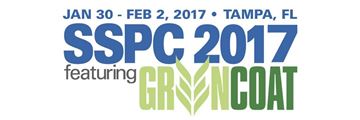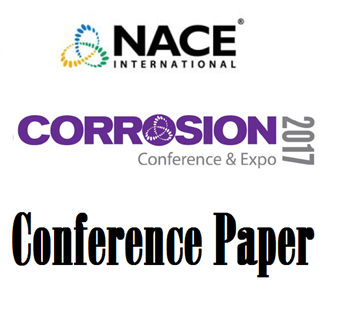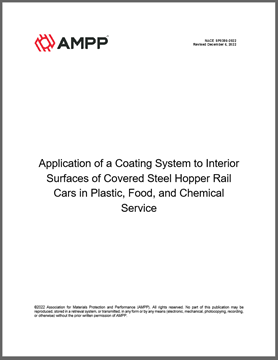Search
Products tagged with 'coating'
View as
Sort by
Display
per page
Is Your Specification Style Costing Your Customers Money? Providing Better Value Through Changing One Factor in Your Specification
Product Number:
51219-195-SG
Publication Date:
2019
$20.00
Keeping the Schedule: Climate Control Helps Keep the Charles-de-Gaulles Bridge Project on Schedule
Product Number:
41213-787-SG
Publication Date:
2013
$20.00
Lessons Learned for Painting Over Hot-Dip Galvanizing
Product Number:
51217-048-SG
Publication Date:
2017
$20.00
Lessons Learned from Offshore Coating Programs
Product Number:
51317--9226-SG
ISBN:
9226 2017 CP
Publication Date:
2017
$20.00
Lightweight Sol-Gel Coating to Mitigate Galvanic Corrosion
Product Number:
51323-18758-SG
Publication Date:
2023
$20.00
Managing the Risk of Corrosion-Coatings Failure
Product Number:
41206-293-SG
Publication Date:
2006
$20.00
Martin “B-C” Zone Reservoir Liner Replacement Doing our Part for the Tucson Water Department Construction/Inspection Team
Product Number:
41213-733-SG
Publication Date:
2013
$20.00
Material Selection For Storage Tanks – Life Cycle Cost Analyses
Product Number:
51322-17505-SG
Publication Date:
2022
$20.00
Meeting Expectations When Specifying Concrete Rehabilitation
Product Number:
51218-103-SG
Publication Date:
2018
$20.00
Metal, Moisture, and Mystery: The Curious Case of the Corroding Phone Charger Pin
Product Number:
51324-21155-SG
Publication Date:
2024
$40.00
NACE SP0386-2022, Application of a Coating System to Interior Surfaces of Covered Steel Hopper Rail Cars in Plastic, Food, and Chemical Service
Product Number:
NACE SP0386-2022
$109.00
NACE SP0495-2023, Qualifying Personnel as Abrasive Blasters and Coating and Lining Applicators in the Rail Industry
Product Number:
NACE SP0495-2023
Publication Date:
2023
$109.00












